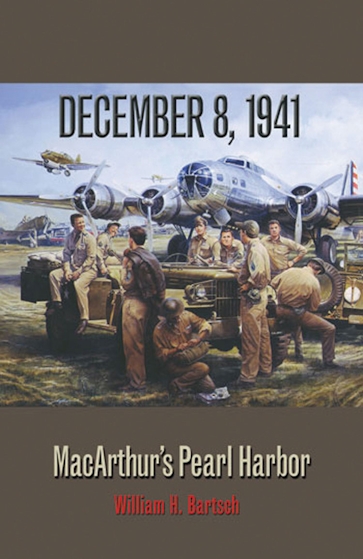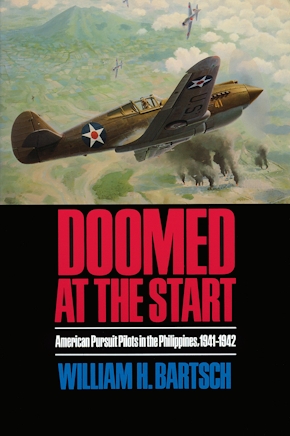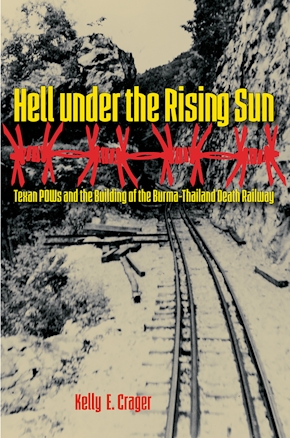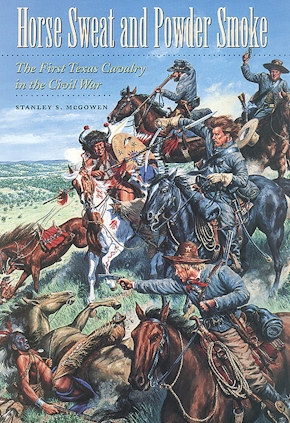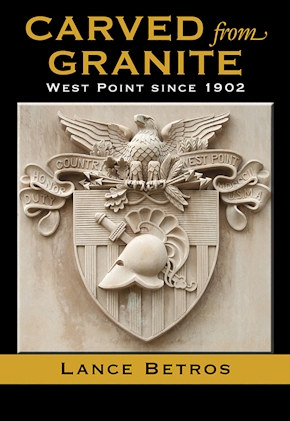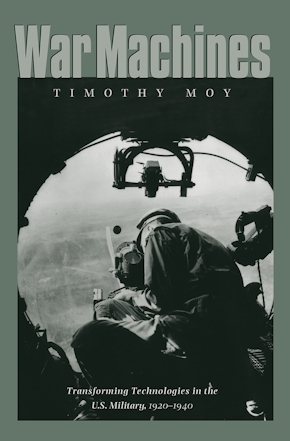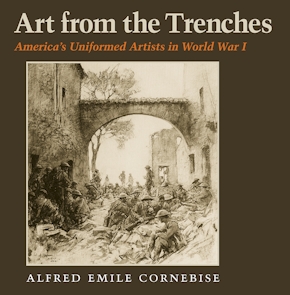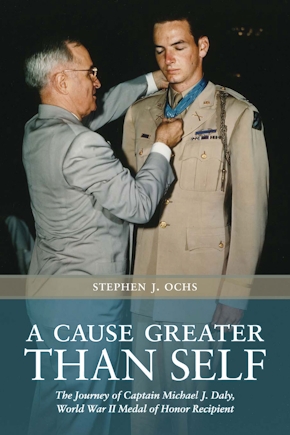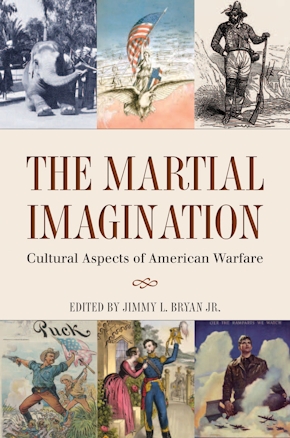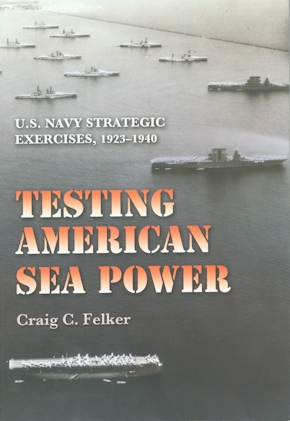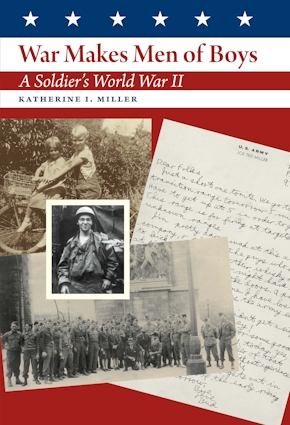“William Bartsch has produced a very solid account and analysis of war in the Philipines in 8 December 1941: MacArthur’s Pearl Harbor. This is a minute-by-minute study of what happened in the air on both sides based upon both intense scrutiny of the archives in Washington and in Tokyo, and careful use of many oral interviews, some conducted by the author and the others mined from official archives of the day. The result is a fast-faced, excellent melange of the complexities of three-dimensional air warfare. On the one hand of the experienced Japanese with their Chinese-experience and on the other hand of the mentally and physically unprepared U.S. Army Air Forces [six] aware of the 1940 Battle of Britain but without either the superstructure or underpinnings to emulate that success.”--Robin Higham, Kansas State University
“By interweaving multiple threads–the stories of individual airmen, the war in the air, the view from opposing HQs, and the political-strategic imperatives that propelled decision-making at the highest levels–Bartsch has produced the finest account yet written of the inital Philippines disaster and its making. MacArthur’s Pearl Harbor also qualifies as one of the best books of 2003. . . . the author has a flair for bringing to life the men, in this case, Japanese as well as Americans–who fought the battle over sixty years ago, and showing them as fully-rounded human beings rather than mere cardboard counters on a two-dimensional map. However, Bartsch does not forget the big issues. . . . a very strong book. . . . December 8, 1941: MacArthur’s Pearl Harbor is definitely one of the best books about World War II published this year. Bartsch has done an outstanding job of tying together so many threads of personal stories in a manner thoughtful, informative, and highly entertaining. . . . Even the endnotes are readable and packed with further information. . . . this book deserves the highest recommendation.”--Stone & Stone Second World War Books
“...aptly and accessibly studies the Japanese surprise attack against American forces in the Philippines that took place scarcely ten hours after the famous assault on Pearl Harbor...probes this episode of American military history with painstaking research drawn from both American and Japanese records, and uses this information to present a startlingly detailed portrayal of those tumultuous events in the opening days of American military involvement in the Pacific Theater of World War II.”--Wisconsin Bookwatch
“...built on meticulous research in both the United States and Japan.”--Proceedings
“Bartsch uses interviews with survivors from both sides to tell this fascinating story, which he delivers in a riveting minute-by-minute study of what happened. The result is military history at its best.”--Time Out for Entertainment
“In this impressive description and analysis of ‘MacArthur’s Pearl Harbor,’ William H. Bartsch offers persuasive answers as well as a detailed picture of the confusion and frustration that beset American airmen and their commanders on that fateful day. The focus on individuals is particularly manifest in Bartsch’s culminating description of the events of 8 December. In a dramatic, almost minute-by-minute account, he follows the specific actions of people on both sides, in the air and on the ground. Most of this material has not appeared in print before, and the difficulties and intensity of combat emerge far more clearly than in any previous account. Detailed appendixes include information on American and Japanese air strength, orders of battle, and personnel . . . illuminating.”--Journal of American History
“In immensely detailed, well paced, and balanced narrative, he describes minute by minute the attacks on the air bases, preceded by the belated, hurried U.S. buildup of air power in the islands after July 1941, and enemy preparations for their ‘other Pearl Harbor.’ Bartsch has done an astounding job on what is sure to become the definitive work on one of the darkest days in American history.”--WWII History
“The dramatic and detailed coverage of the attack is preceded by an account of the hurried American build-up of air power in the Philippines after July 1941, and of Japanese planning and preparations for thie opening assault of its Southern Operations.”--Daedalus Flyer
“Yet whatever errors were made in the Philippines, Bartsch argues that they were overshadowed by major failings in Washington. Building an offensive aerial capability with the B-17s without providing adequate defenses–newer fighters and dive-bombers, well-trained pilots, a proper air warning system, and modern antiaircraft artillery–doomed FEAF from the start. This illuminating book effectively details the tragedy that followed.”--Journal of Military History
“. . . a well-informed text about what has been called ‘one of the blackest days in American military history.”--Sea Power
